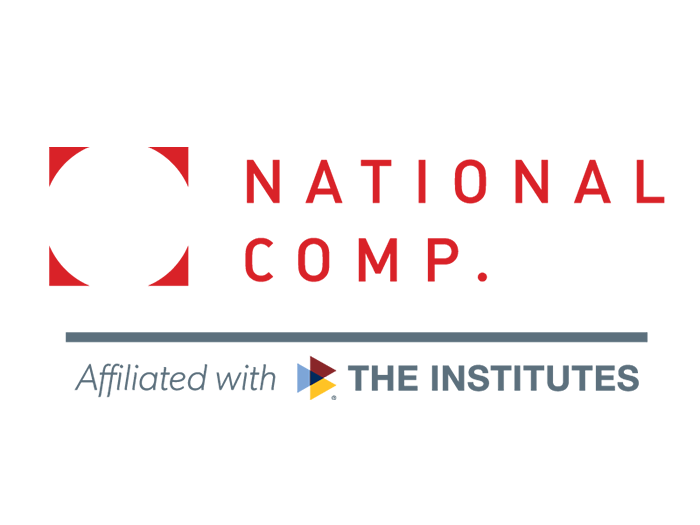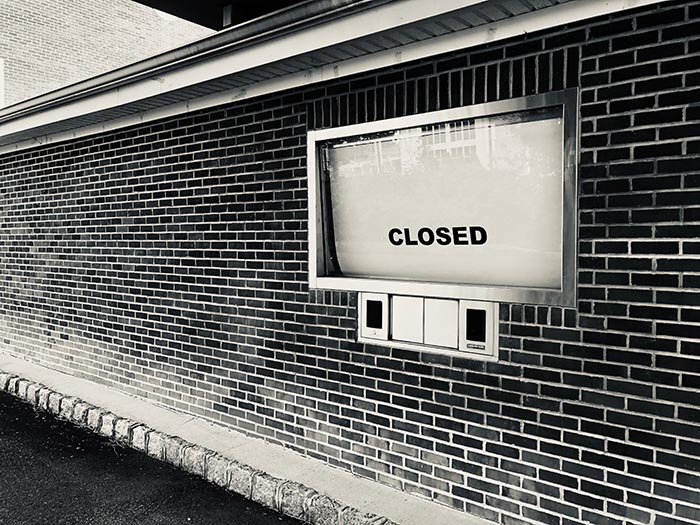Sponsored: Philadelphia Insurance Companies
5 Critical Risks Schools Face Today — And How to Mitigate Them

Schools face a variety of risks old and new. Whether students are 5 or 25 years old, educational institutions are responsible for keeping pupils safe. All schools, therefore, may shoulder liability for any physical abuse or harassment that happens on their campuses.
That has always been true, but today, the threats seem to be intensifying with greater public attention paid to the harmful effects of bullying, increased frequency of active shooter events, and broader recognition of the reality of sexual assault and discrimination on college campuses.
At the same time, traditional exposures like property damage and employment practices liability cannot be ignored.
“There are a lot of things to talk about when it comes to schools’ exposures,” said Robert Groff, Assistant Vice President, Philadelphia Insurance Companies, “We’re seeing an uptick in claim activity in a few areas.”
Here are 5 critical risks educational institutions face today and how administrators can best mitigate them:
1. Harassment and Bullying Spark More Lawsuits

Robert Groff, Assistant Vice President, Philadelphia Insurance Companies
Sexual harassment and molestation are not new threats, but a slew of both high-profile and smaller, more local incidents have intensified public attention.
“Every time you pick up a newspaper or turn on the TV, you see another story. Some of it’s the abuse of teacher on student, but we’re seeing more student on student claims which include both sexual harassment and bullying,” Groff said.
If these incidents continue without intervention, they pose significant threats to children’s mental wellbeing and in some cases have resulted in suicide. As these events garner more media attention, plaintiff’s attorneys have sought higher and higher settlements on behalf of impacted families.
In 2016 for example, a New Jersey high school student was awarded $435,000 after he was repeatedly subjected to racially charged harassment that culminated in physical violence. The largest settlement on record was awarded in 2014 to a 14-year-old who attempted suicide resulting in permanent brain damage after months of bullying. The court awarded his family $4.5 million.
“As these risks have garnered more media attention, plaintiff’s attorneys have latched on as well, demanding full policy limits for their clients”, Groff said, “so claim severity in this area is trending up.”.
Mitigate this Risk: All school staff should receive abuse awareness training so they can spot the signs of abuse and intervene early. Anonymous reporting tools can also help drive earlier intervention.
“We offer an anonymous reporting mobile app called ‘STOPit’ at no cost to schools that allows users to contact administrators directly. The app also allows administrators to respond directly and ask for more details if needed,” Groff said.
Philadelphia Insurance also provides discounted background checks to schools to assist in the screening process of current/potential employees. As always, reviewing and reinforcing the school’s code of conduct is vital.
2. Title IX Expansion Increases Due Process Liability
Title IX is a law that was meant to bar discrimination based on sex in educational program activities and athletics that received Federal financial assistance. It has since been expanded to include sexual-based harassment, discrimination or violence that occurs on campus, which changes how institutions are expected to respond.
Primarily, colleges are now required to conduct a live hearing and cross-examine any potential witnesses after a complaint has been filed, including the accuser, alleged perpetrator, and anyone else who may have been present.
“After investigating all the facts, the school must determine whether a formal disciplinary action is in order under their code of conduct,” Groff said.
Failure to follow due process under Title IX could result in claims impacting educators’ professional coverages and may incur significant defense costs. A 22-year-old student at Rhodes College, for example, filed a lawsuit against the school in June after he was found responsible for a sexual assault and expelled without the opportunity to question his accuser.
Mitigate this Risk: Higher ed institutions should have a Title IX coordinator on staff who understands the law and can advise schools on the best course of action to take when a complaint is filed.
Again, a best practice is to thoroughly review and revise the school’s Title IX protocol and code of conduct to ensure that expectation and disciplinary actions are clearly laid out ahead of time.
3. Active Shooter Defense Done Wrong May Increase the Risk of Injury
The annual incidence of active shooter events at K-12 schools is increasing, according to the Center for Homeland Defense and Security. In 2018, there were nine school shootings which resulted in a record 83 injuries and fatalities. Understandably, school administrators want to take every step possible to prevent attacks and protect their students – but some efforts may create more problems than they solve.
Arming teachers or having armed security guards on-site, for example, may not be the wisest way to deter an attack.
“If you have a teacher who’s armed, and he’s walking the hallways looking for a shooter when first responders arrive, they don’t necessarily know that the teacher is on their side. It could lead to a very unfortunate mistake,” Groff said.
Training – or lack thereof – is another issue. Florida’s Guardian Program allows any school staff member to carry a gun on campus after 132 hours of training, which is insignificant compared to the regular training that police officers receive.
Mitigate this Risk: Active shooter training is a must for any school, and insurers often can provide access to these resources.
As for allowing staff members to carry guns, Groff says: “If you’re going to have armed guards, go with a thoroughly vetted third party that has the appropriate training and background in enforcement. Arming your own staff is not recommended.”
4. Frozen Pipe Bursts May Cause Damage in the Millions
Though far less severe than sexual assault or a school shooting, property damage remains a top risk for schools — particularly during winter break when buildings may be vacant.
The risk is especially pronounced for colleges with largely empty high-rise dormitories. More units mean more potential for damage. “In our book of business, the average loss related to frozen pipes is $27,000, but we’ve seen claims as high as $1.7 million,” Groff said.
Frequency of pipe bursts is also creeping up thanks to harsher winters. “Winters seem to be getting colder, so schools in regions where we haven’t worried much about pipe freezes in the past are now a concern,” Groff said.
Mitigate this Risk: Schools should consider investing in smart sensors that detect moisture and can alert facility managers to a leak. Simple leak sensors cost as little as $50, while water flow detection and shut-off systems top out around $2,000.
Facility managers can also take simple steps to keep pipes warm such as installing additional insulation or keeping the heat on in drafty areas.
5. Employment Practices Lawsuits
Private colleges have been struggling to sustain themselves due to decreasing enrollment. Total undergraduate enrollment in degree-granting postsecondary institutions decreased by 7 percent between 2010 and 2017, from 18.1 million to 16.8 million students.
“Schools experiencing financial difficulties often have to layoff employees, and that may generate claims of wrongful termination,” Groff said.
Discrimination claims may also arise when employees are terminated. The Equal Employment Opportunity Commission received 76,418 charges of discrimination in 2018 and recovered $53.6 million for impacted employees.
Mitigate this Risk: Schools should take advantage of their insurer’s legal resources. Philadelphia Insurance offers a 24/7 hotline through which school administrators can receive free legal consultation. Understanding their obligations to employees and the potential repercussions of layoffs can help administrators better cover their bases if such an action is necessary.
Insurer Experience Matters
As much as any institution tries to prevent incidents of violence, harassment, discrimination or property damage, claims are inevitable. When losses do happen, schools need a carrier with experience handling these types of claims.
“We’ve been in the educational institution space for more than 25 years,” Groff said. “We have a very comprehensive portfolio of coverages and risk management services for everything from property to professional liability and sexual harassment and molestation exposures.”
Philadelphia’s expertise is due in part to its history in human services.
“Given the nature of that type of business, our claims department has developed a strong expertise in handling abuse and molestation claims, and we have a very proactive claims approach,” Groff said.
In addition to a seasoned team of claim experts, Philadelphia Insurance also partners with insurance agents to help assess exposures and offer risk mitigation recommendations directly to schools. Having those face-to-face interactions is a priority to ensure Philadelphia’s underwriters and claims professionals truly understand clients’ needs.
To learn more, visit https://www.phly.com/products/Schools.aspx.
This article was produced by the R&I Brand Studio, a unit of the advertising department of Risk & Insurance, in collaboration with Philadelphia Insurance Companies. The editorial staff of Risk & Insurance had no role in its preparation.










